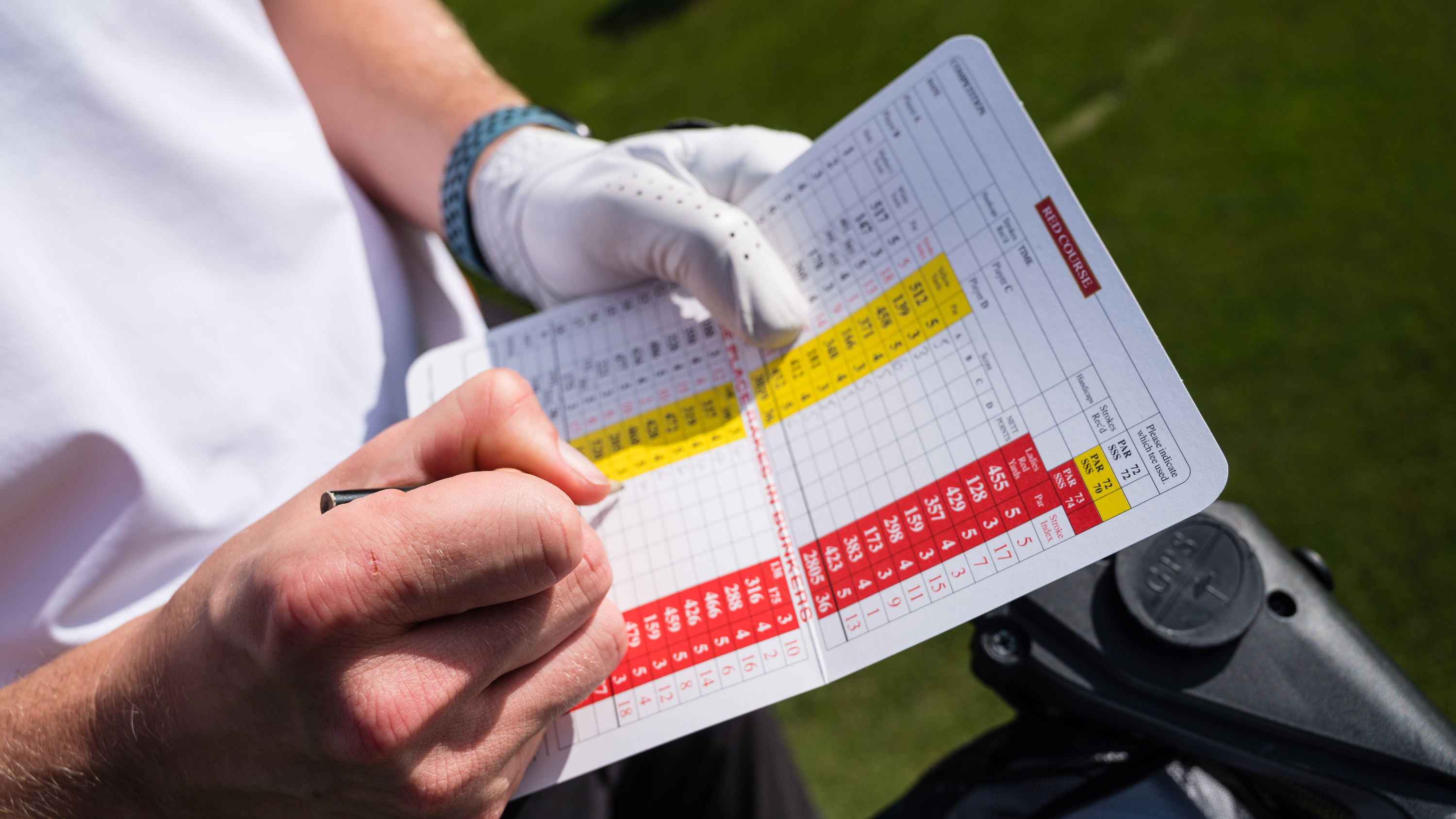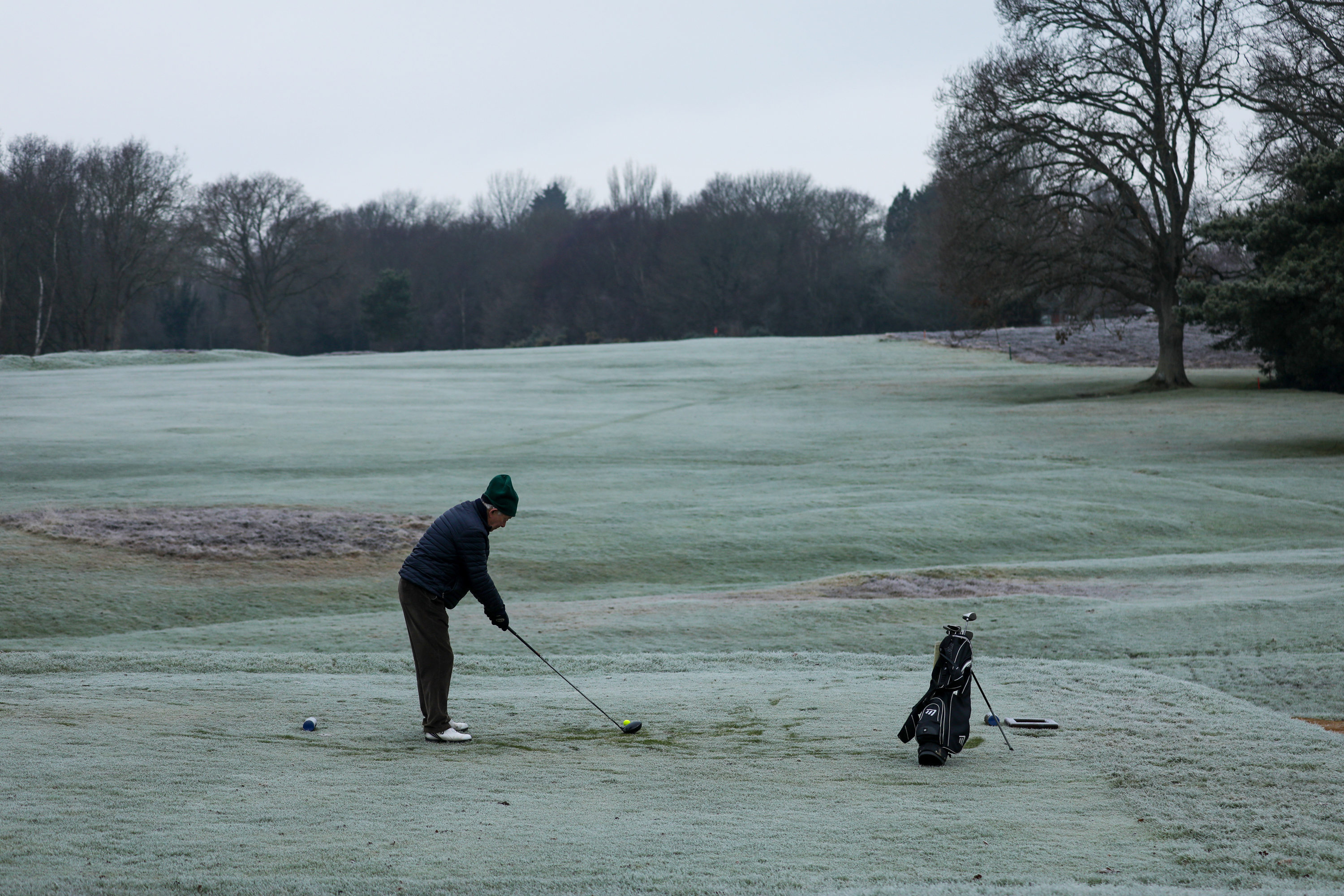5 Things We’d Do To Improve The World Handicap System
The World Handicap System has united six handicapping bodies across the globe under one standardised system, but could it be improved?


The World Handicap System (WHS) was developed by The R&A and USGA and was rolled out across the globe from early 2020 onwards. Its objective was to make handicapping simpler and more portable around the world. WHS was designed to make it easier for golfers to get and retain a handicap and to make that handicap more representative of their current playing ability. Handicaps used by millions of golfers in 80 different countries should now be equitable. The video below explains how it works...
After a couple of years playing under WHS, most are coming to terms with the new system and understand the basics of Handicap Index, Slope Rating, Course Handicap and so on. There have been teething problems with WHS, and concerns from those affected by the change, as with any major overhaul of fundamental infrastructure. But, generally, WHS has been accepted as the “new normal” for amateur golfers.
That’s not to say it can’t and won’t be improved. The governing bodies are continually monitoring the efficacy of WHS and considering elements of the system that could be enhanced. Here are five things we’d do to improve the World Handicap System.
Create a centralised handicap database
One of the main problems in the early stages of WHS was various handicapping software not communicating properly, or at all.
What we need is a central, global database of handicaps and courses that all scoring/handicap software feeds into. Whether you use the My England Golf app, Scottish Golf app, HowDidiDo or any other software internationally; if you post a score, it should feed directly to a central database altering your WHS handicap accordingly, no matter what course or what tees you’re playing off, anywhere in the world.
Kick-Start Playing Conditions Calculation

Any chance of PCC?
Playing Conditions Calculation (PCC) was supposed to replace the old Competition Standard Scratch (CSS) system in the UK and Ireland, to take account of playing conditions on any given day. For golf in this country, and many others with volatile weather, it doesn’t kick in readily enough.
The mechanism was designed to be conservative in nature but it’s just too conservative. Even on seriously challenging days, PCC doesn’t make adjustments. Glance through your most recent 20 scores on whatever app you use and see if there are any PCC adjustments at all.
Subscribe to the Golf Monthly newsletter to stay up to date with all the latest tour news, equipment news, reviews, head-to-heads and buyer’s guides from our team of experienced experts.
With the Standard Scratch Score (SSS)/CSS system – CSS would often be two or three shots above the SSS. On the most extreme days, the round would be “reduction only” – your handicap could not go up. Let’s face it, there are days on a British or Irish links where a score that’s five shots worse than your handicap is a superb effort. Now, there’s pretty much nothing in WHS to account for the vagaries of our weather.
General Play

When it comes to General Play, the high trigger level for PCC works against WHS. The system wants golfers to put in as many General Play scores as possible to make their handicap as representative as possible of current ability. In some countries, players are required to put in a General Play score every time they go out; In the UK and Ireland, it’s just encouraged.
Many days present challenging conditions in these isles and with (likely) no adjustments to help out, many won’t do a General Play score as they feel their efforts will not be properly represented by WHS – Scores in high winds and rains will be treated the same as on perfectly still summer days.
When PCC is sorted, (as mentioned, the governing bodies are reviewing elements of WHS,) General Play needs to become more accepted. At this stage, too few are putting in General Play scores and there could be more stringent guidelines on its use. Perhaps it should even be compulsory outside match play – controversial but it would make it work effectively.
Exceptional Score Adjustments Could Be Bolder
If a player posts a score at least seven shots below their Handicap Index, an extra shot is taken off their Handicap Index, it’s two shots if they score more than 10 shots below.
This makes a big difference to a normally consistent low handicapper who fires the “round of their life,” whereas an extra two shots off to an inconsistent 40 handicapper is relatively inconsequential. They might pop in 10 consecutive super-high scores sending their handicap north again before belting in another 10-under to win the Summer Cup.
There could be some sort of staggering system for higher handicappers to receive greater exceptional score adjustments, when merited, to work harder to prevent single round competitions being won by rogue scores.
Review Course/Slope Ratings

How hard is this bunker really?
Course Ratings will be reviewed on a regular basis and, on anecdotal and playing evidence, they need to be. There are too many stories of harder courses with lower Course/Slope Ratings around the country for it to be a coincidence. The system for calculating Course Rating is complex and the guidelines for rating are extremely comprehensive. The USGA Course Rating System (which we now use) looks at factors that affect the effective playing length of a golf course and then considers 10 obstacle factors to determine the playing difficulty. It considers each hole and looks at, width of fairway, size and difficulty of green, rough, penalty areas, bunkering, trees… so many things.
But something it doesn’t appear to consider strongly enough, a feature that comes into play for many courses in this country, is the bailout to other holes – We have courses built on small parcels of land and often, a wild shot off the tee will end up on another fairway. A hole may be super difficult if you view it in isolation, with a narrow fairway, a stream running across, and bunkers all the way down its length. But, if you can spray it 40 yards right onto an adjacent hole, and 40 left onto another and be quite safe, it’s not quite so cut and dry. The hole may meet many criteria for high difficulty and not be brought down significantly enough by the options to err off the hole left and right.
The governing bodies will continue to review and improve WHS. It’s superb to have a unified handicap system around the globe, and it’s working very well. With a little tinkering, it will get better and better.

Fergus is Golf Monthly's resident expert on the history of the game and has written extensively on that subject. He has also worked with Golf Monthly to produce a podcast series. Called 18 Majors: The Golf History Show it offers new and in-depth perspectives on some of the most important moments in golf's long history. You can find all the details about it here.
He is a golf obsessive and 1-handicapper. Growing up in the North East of Scotland, golf runs through his veins and his passion for the sport was bolstered during his time at St Andrews university studying history. He went on to earn a post graduate diploma from the London School of Journalism. Fergus has worked for Golf Monthly since 2004 and has written two books on the game; "Great Golf Debates" together with Jezz Ellwood of Golf Monthly and the history section of "The Ultimate Golf Book" together with Neil Tappin , also of Golf Monthly.
Fergus once shanked a ball from just over Granny Clark's Wynd on the 18th of the Old Course that struck the St Andrews Golf Club and rebounded into the Valley of Sin, from where he saved par. Who says there's no golfing god?